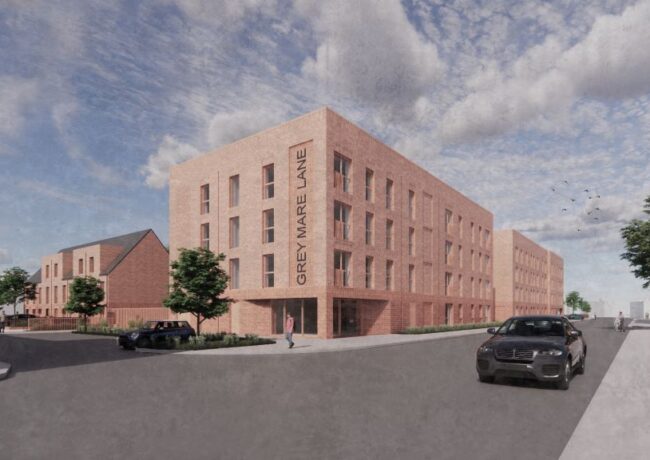Manchester housing strategy set for approval
A housing plan for the city to 2021 will go before the council’s executive next week, with a recommendation for approval and adoption into the council’s formal policy framework.
Building the right product to get more out of its existing stock is one of the key elements of the plan, which is published under the heading Our Manchester.
The plan sets out a target of 2,500 new homes to be delivered each year as one of its performance indicators. It says that the £300m Greater Manchester Investment Fund unlocked by the devolution deal will in time allow for another 15,000 houses every ten years.
“Making best use of all our homes” is the key area. Although the number of empty homes has been reduced over the last five years, from 7% to under 4%, the strategy says that 48% of social homes are under-occupied, and 56% of homes in total are under-occupied, a quarter of these being older households.
The strategy states that the city needs to use available funding, including Right to Buy receipts, to replace lost social housing stock. Social housing that supports continued independence and a wider choice of cross-tenure aspirational housing should be provided, and residents encouraged to move to smaller or more suitable homes.
There is recognition in the pathways to home ownership section that more needs to be done to bring forward smaller sites, and also to offer larger housing at more price points.
Development should be progressed in areas such as Brunswick, Miles Platting, Collyhurst and Gorton, identified as being “most likely to provide a low-cost home-ownership product affordable to first-time buyers and working families at average household income.
Manchester doesn’t have the affordability issue some have: the average household income is £27,500, while 50% of homes sold in the last decade in the area have sold for less than £125,000. Three quarters of the city’s housing stock is in council tax bands A or B.
At 61,000 households, 28% of the Manchester market rents – a higher proportion than any other regional city. The goals for 2021 are to target poor quality landlords, control the spread of houses in multiple occupation and develop well-managed neighbourhoods of private rented homes.



